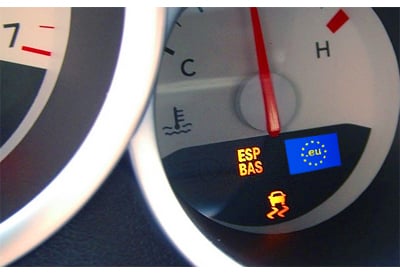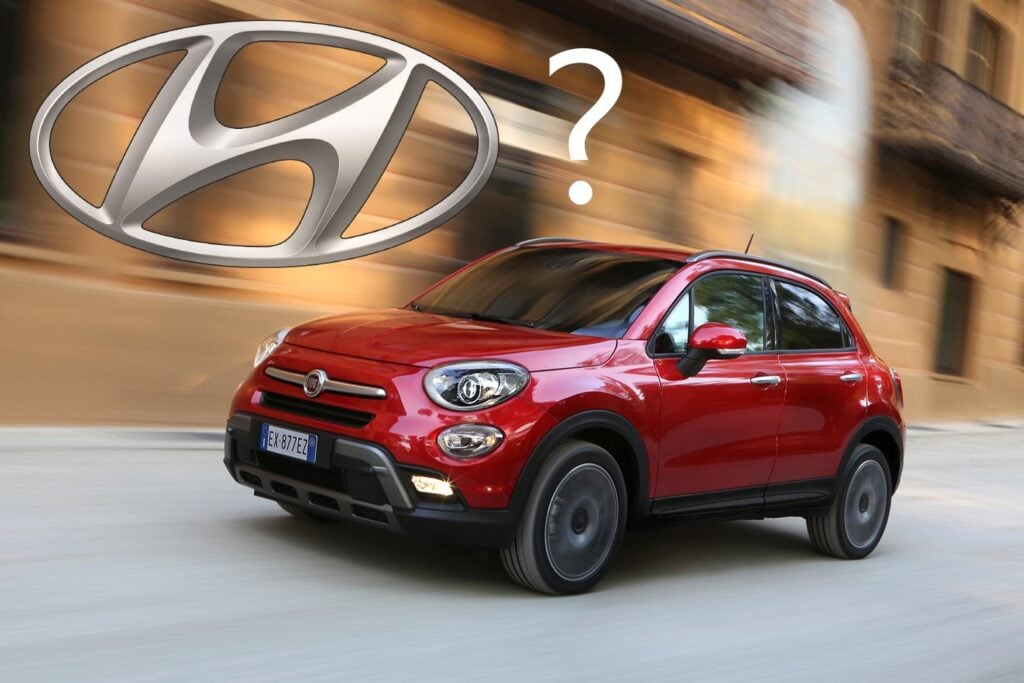Spearheading new safety standards for cars across the European Union, all new models of passenger cars and utility vehicles must be equipped with electronic stability systems (ESP) from November, 2011.
EU-Industry commissioner Günter Verheugen called the new regulations “a milestone for the environmental sustainability and road safety “.The move to ESP could save as many as 5000 road deaths annually.New versions of older models get a period of grace until the end of 2013.As well, the new legislation calls for manufacturers to, by November 2012 fit their cars with “optimised rolling resistance” tyres plus a system for controlling tyre inflation. However, it is expected there will be transition periods lasting up to 2018 in order to give the European motor industry time to adjust to the new regulations.Parliamentarian Andreas Schwab told Der Spiegel that about 65 per cent of motorists drive with too-low tyre pressures, a situation that is both dangerous and inefficient, with the under-inflated tyres consuming 3-5 per cent more fuel.Schwab said it’s an important step considering the expected reduced number of deaths particularly in view of the many crashes involving trucks.Observers see the new standards as handing an advantage to the German motor industry which has already been offering ESP in affordable mainstream vehicles.The regulation is part of the EU climate package. The aurals caused by tyres shall also be reduced. The EU member nations are also expected to use more noise-absorbing road surfaces.





